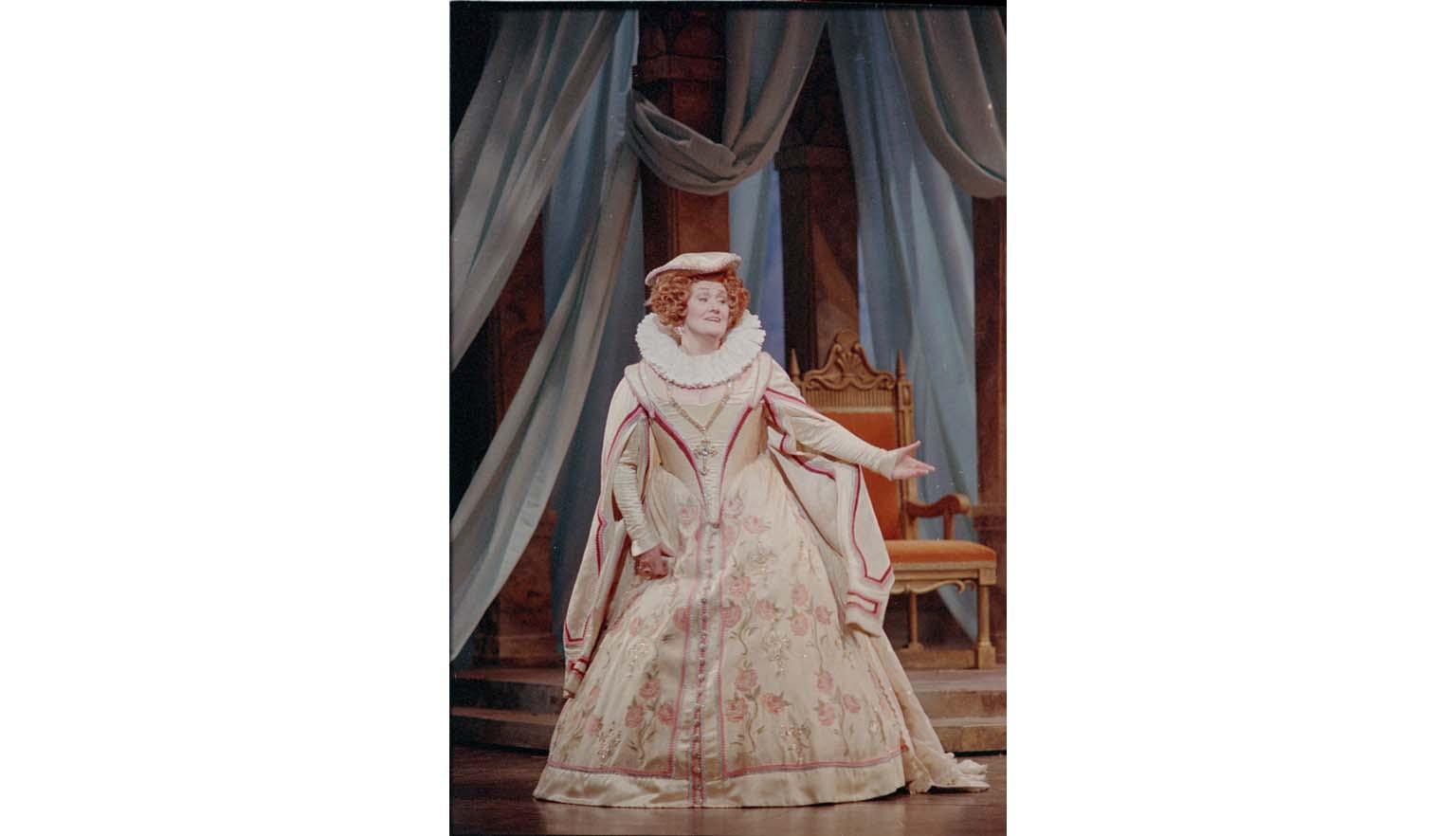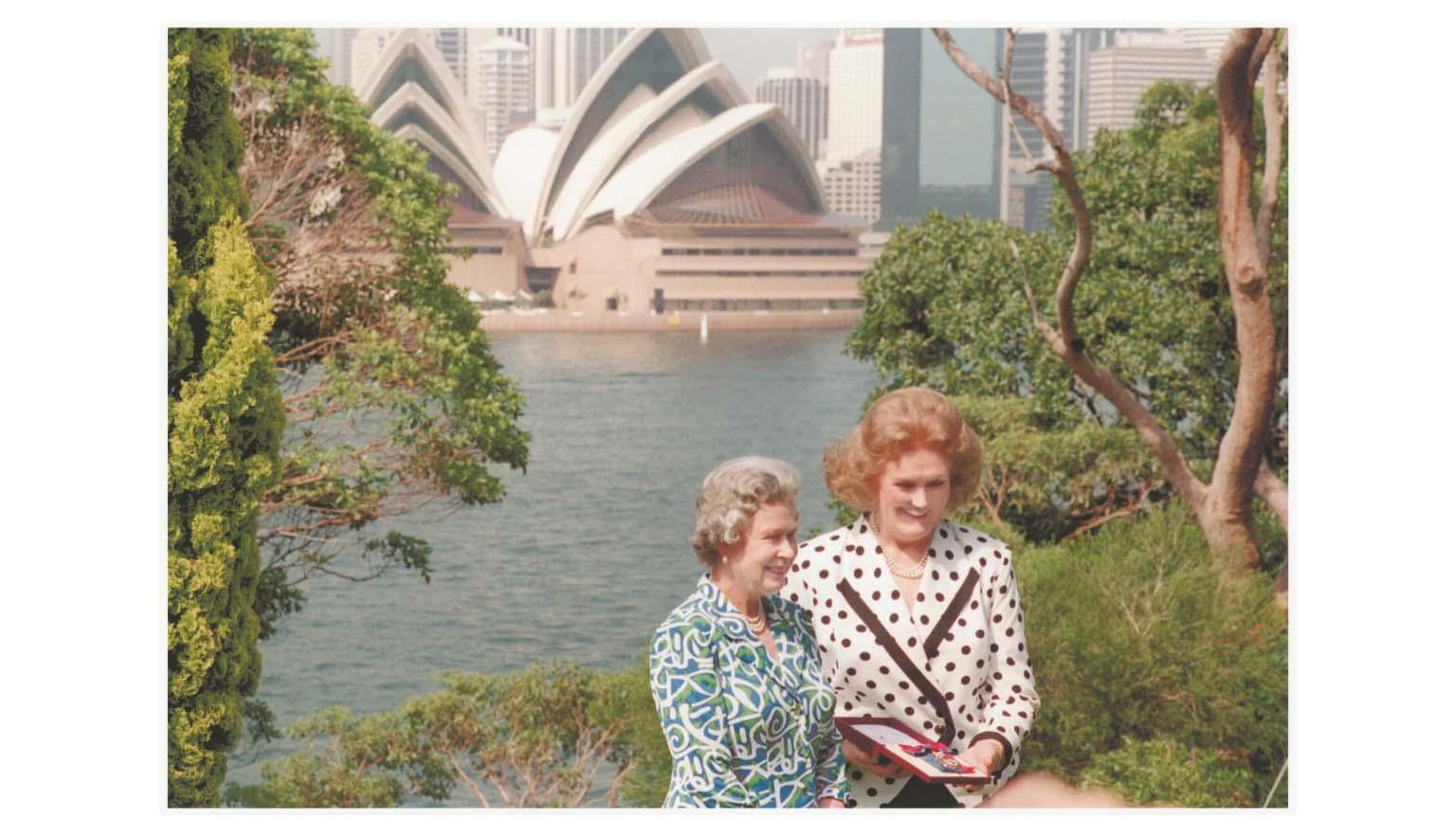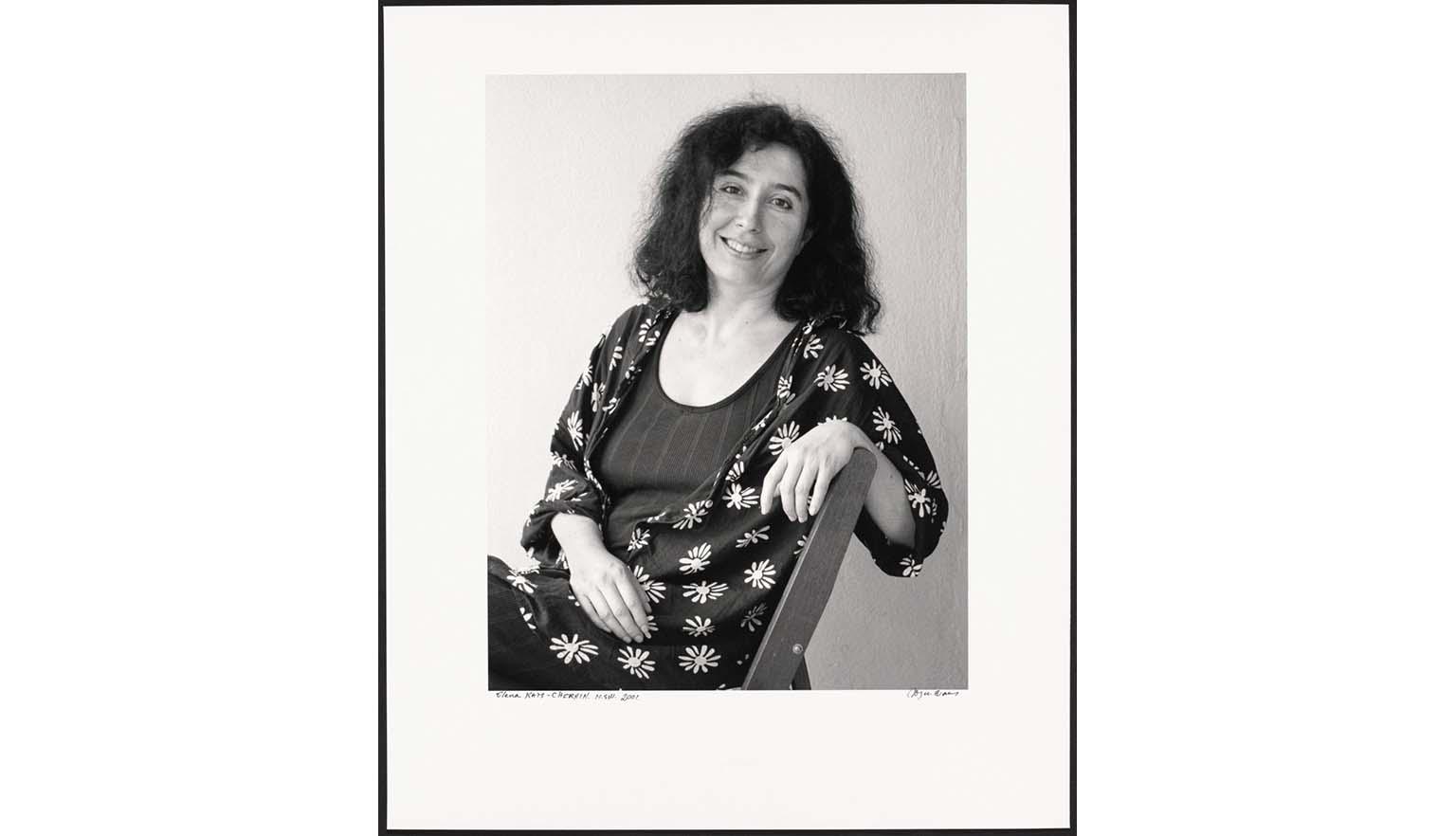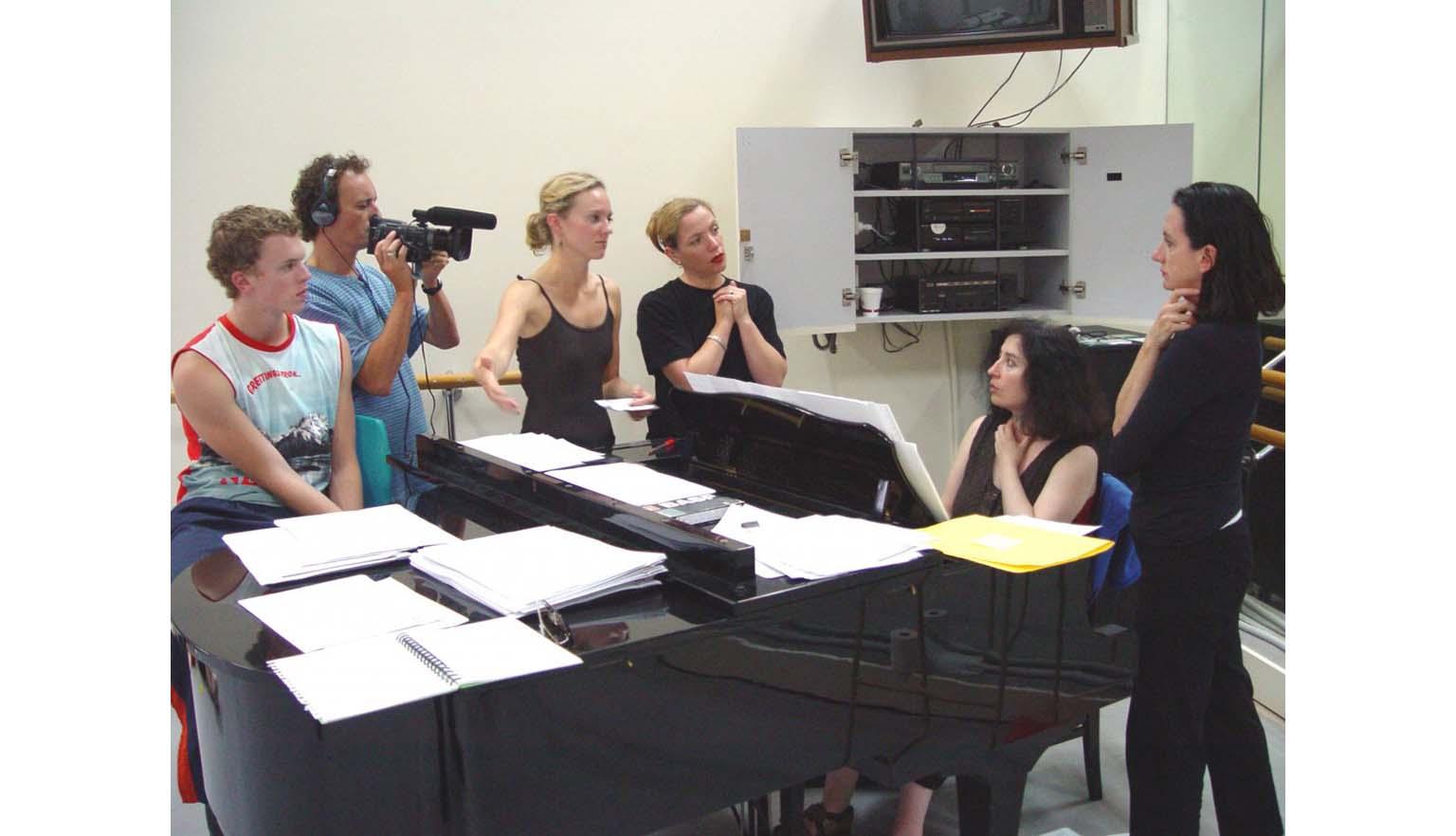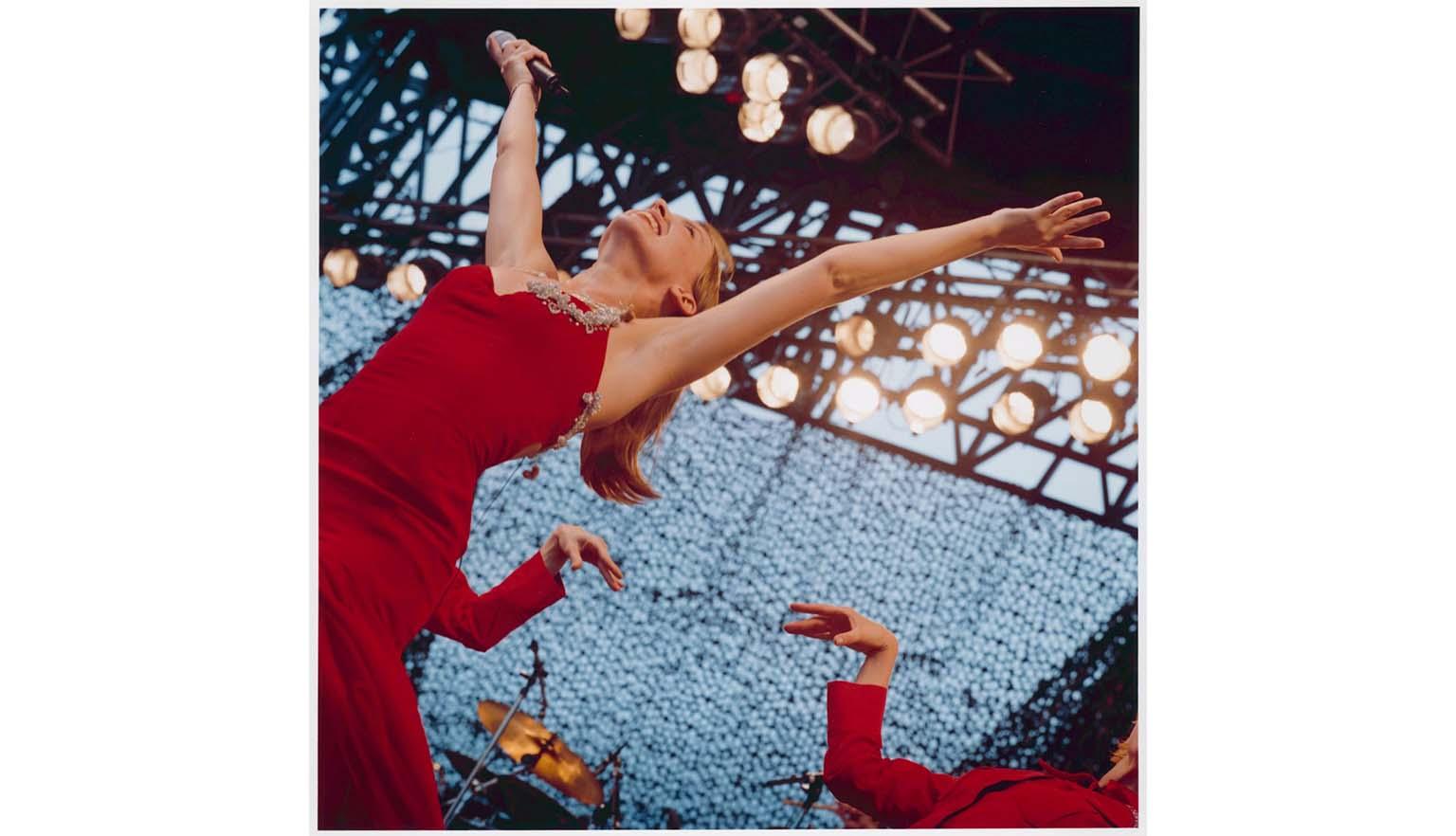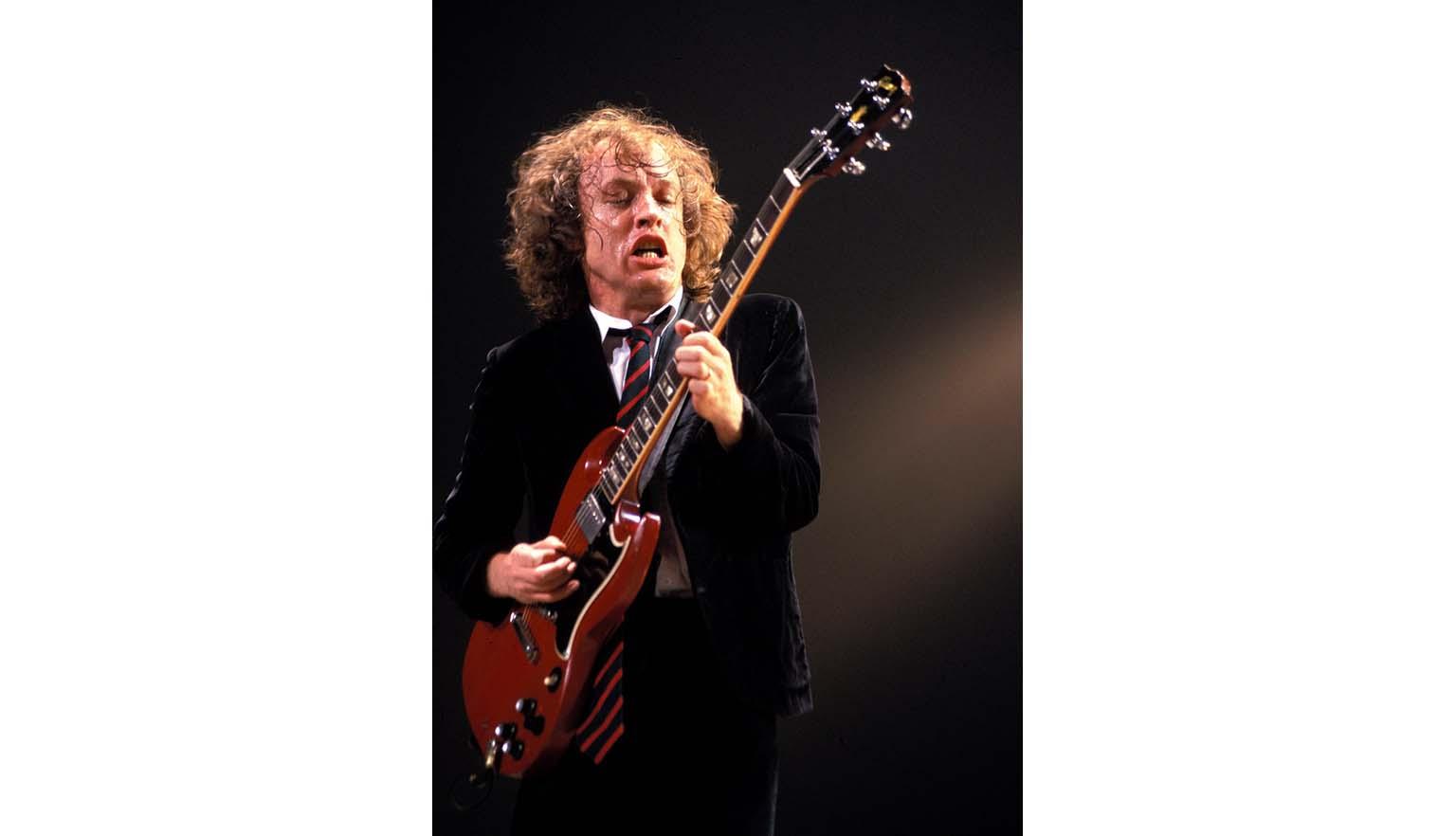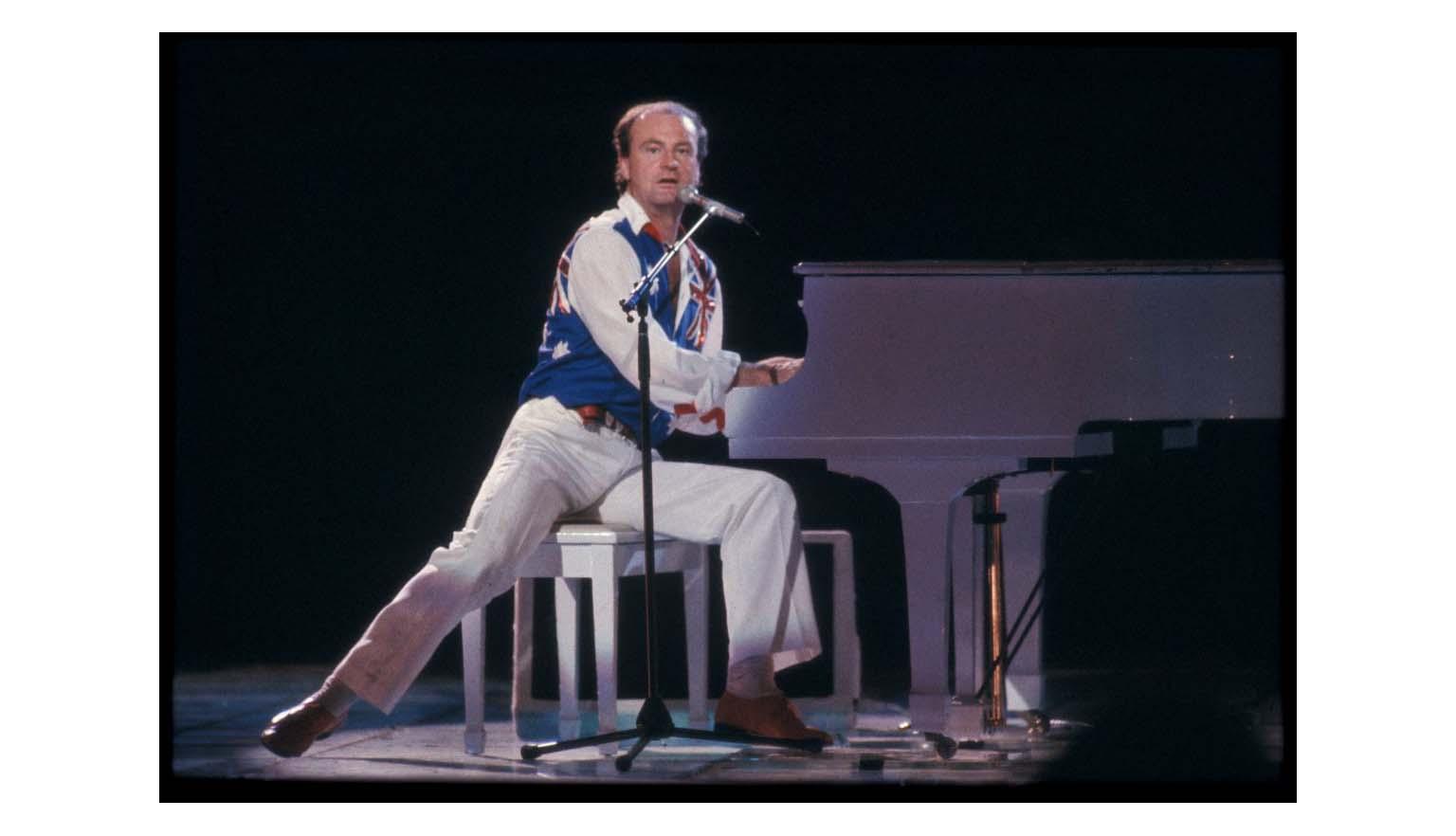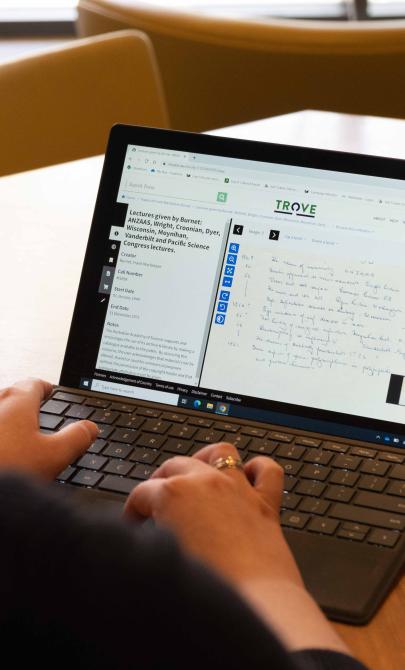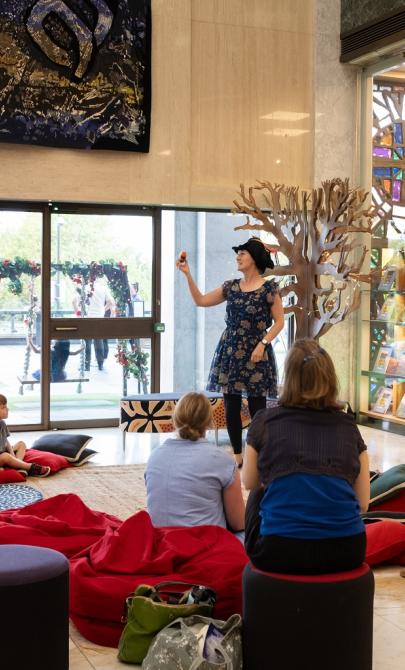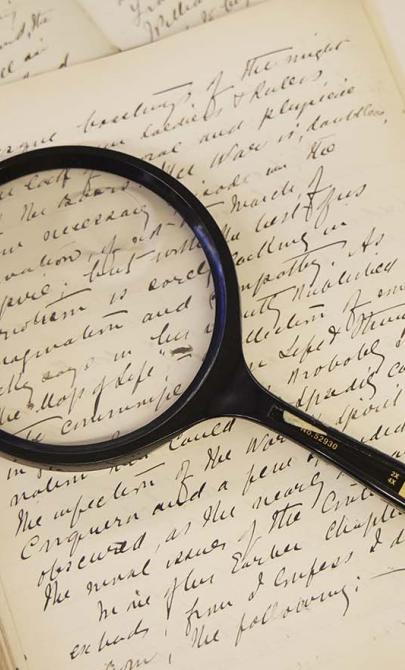Music
Grand dames of opera
Dame Nellie Melba
Dame Nellie Melba (1861–1931) was one of Australia’s first international music stars. A celebrated soprano, she performed to great acclaim around the world and often toured in Australia.
Melba was known for her determination, professionalism and generosity. She left a significant bequest to the Melbourne Conservatorium of Music and kept detailed records of her life through letters and writings, many of which are preserved today.
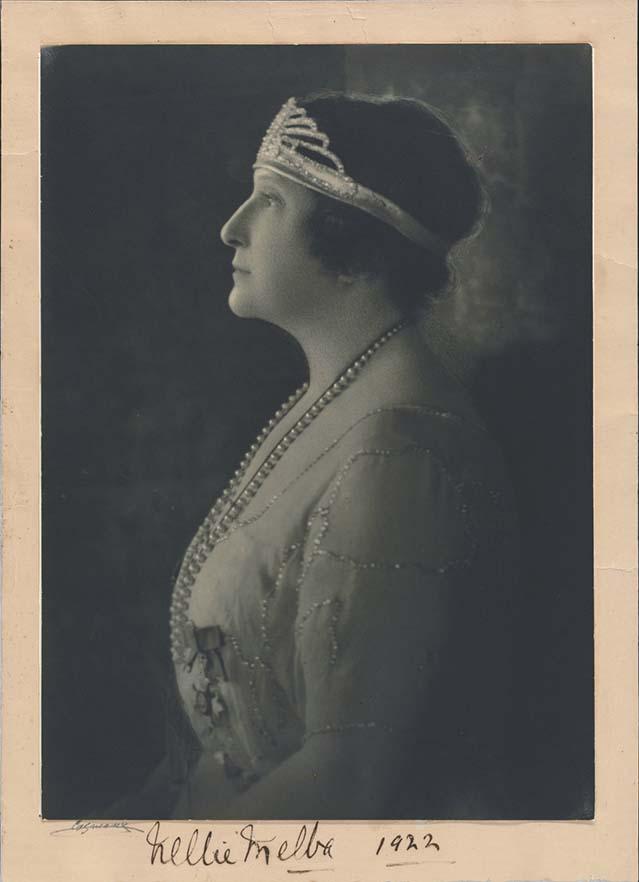
Harold Cazneaux, Nellie Melba, 1922, nla.gov.au/nla.obj-140210035
Harold Cazneaux, Nellie Melba, 1922, nla.gov.au/nla.obj-140210035
Dame Joan Sutherland
Dame Joan Sutherland (1926–2010) was a world-famous opera singer and one of Australia’s greatest coloratura sopranos—a type of soprano known for agile runs, trills and leaps.
She performed from the 1950s until her retirement in 1990, often alongside her husband, conductor Richard Bonynge. Despite her international fame, Sutherland considered Australia her home and was known for singing Home, Sweet Home during local performances.
Australian composers
Percy Aldridge Grainger
Percy Grainger (1882–1961) was a composer, pianist and arranger born in Australia. He studied in Germany, performed in London, and moved to the United States in 1914, where he became involved in music education.
Grainger is known for his innovative compositions and arrangements of folk music. His most famous piece is Country Gardens.
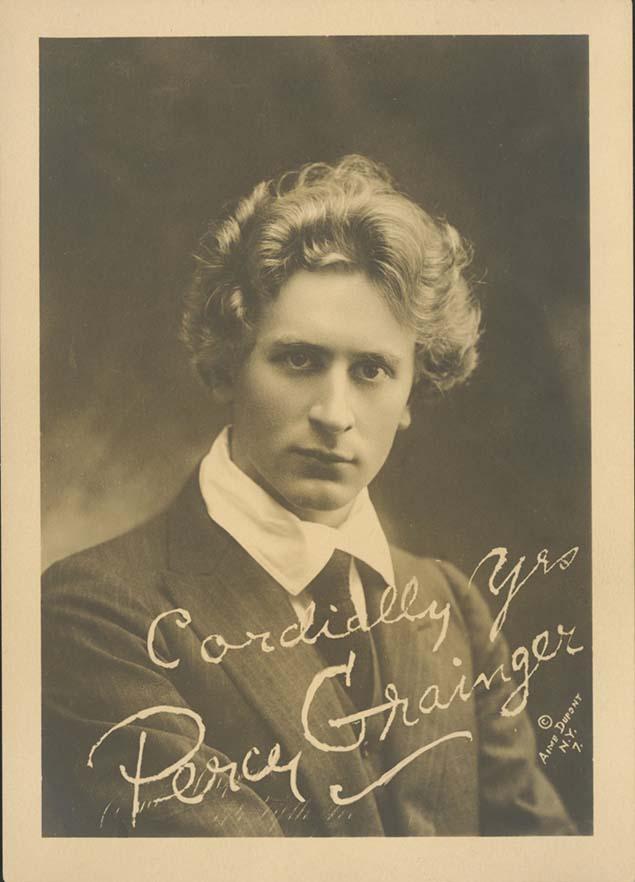
A. Dupont, Portrait of Percy Grainger (full face), 1915, nla.gov.au/nla.obj-147269818
A. Dupont, Portrait of Percy Grainger (full face), 1915, nla.gov.au/nla.obj-147269818
Elena Kats-Chernin
Elena Kats-Chernin was born in Tashkent (now Uzbekistan) and migrated to Australia in 1975. A classically trained pianist and composer, she studied at the Sydney Conservatorium and later in Germany, where she wrote Clocks for the Ensemble Modern.
Since returning to Australia in 1994, she has composed for theatre, dance, film and orchestras. Her portrait is held in the National Portrait Gallery.
Deborah Cheetham
Deborah Cheetham Fraillon (born 1964) is a Yorta Yorta woman, opera singer, composer and artistic director. A member of the Stolen Generations, she created Pecan Summer (2010), Australia’s first Aboriginal opera. It tells the story of the 1939 Cummeragunja walk-off and is sung in both Yorta Yorta language and English.
Cheetham is the founder and director of Short Black Opera, a national company for First Nations performers.
Australian performers
Peter Allen
Peter Allen (1944–1992) was an award-winning singer, songwriter and entertainer. Known for his flamboyant performances, he wrote the patriotic anthem I Still Call Australia Home and won an Academy Award for Best Original Song.
Kylie Minogue
Kylie Minogue AO OBE is a singer, songwriter and actress. She has sold more than 80 million records, making her the highest-selling Australian female artist of all time.
Jimmy Barnes and Cold Chisel
Cold Chisel formed in Adelaide in 1973. Known for their pub rock sound and dynamic live performances, the band includes lead singer Jimmy Barnes and guitarist Ian Moss.
Music historian Ian McFarlane described them as ‘one of Australia’s best-loved groups’ and ‘one of the best live bands’.
Archie Roach
Archie Roach AM was a proud Gunditjmara and Bundjalung man. A singer, songwriter and activist, Roach’s music told powerful stories of resilience, identity and truth-telling. He was a strong voice for the rights of Aboriginal and Torres Strait Islander peoples.
AC/DC
Formed in Sydney in 1973 by brothers Malcolm and Angus Young, AC/DC are pioneers of rock and roll. With hits like Highway to Hell and Back in Black, they’ve become one of the world’s most iconic rock bands.
Learning activities
Activity 1: Make your own lagerphone
A lagerphone is a percussion instrument made from a broom or mop handle. In a 1956 article in the journal Singabout, The Bushwhackers’ ‘lagerphonist’, Brian Loughlin, suggested it was a successor to a ‘Jingling Johnny’ used by English military bands: ‘The instrument is not solely meant to make people laugh, but is intended as a serious rhythm accompaniment to melody instruments … If you haven’t got a lagerphone, make one this weekend. They are good fun … and remember the Bushwhackers’ slogan, “A lagerphone in every home”.’
Activity 2: Junkyard jam
Alternatives to the lagerphone can be fun instruments made from simple items like rubber bands: try a rubber band and ruler guitar or bands simply stretched over lunchboxes.
Activity 3: Found-sound performance
Have the students collaborate to compose a performance based on forms and elements of music. This can be as sophisticated or as simple as equipment/imaginations allow. Use beatbox backgrounds ranging from clapping and scatting to thigh-slapping. Add layers to the piece in a round.
